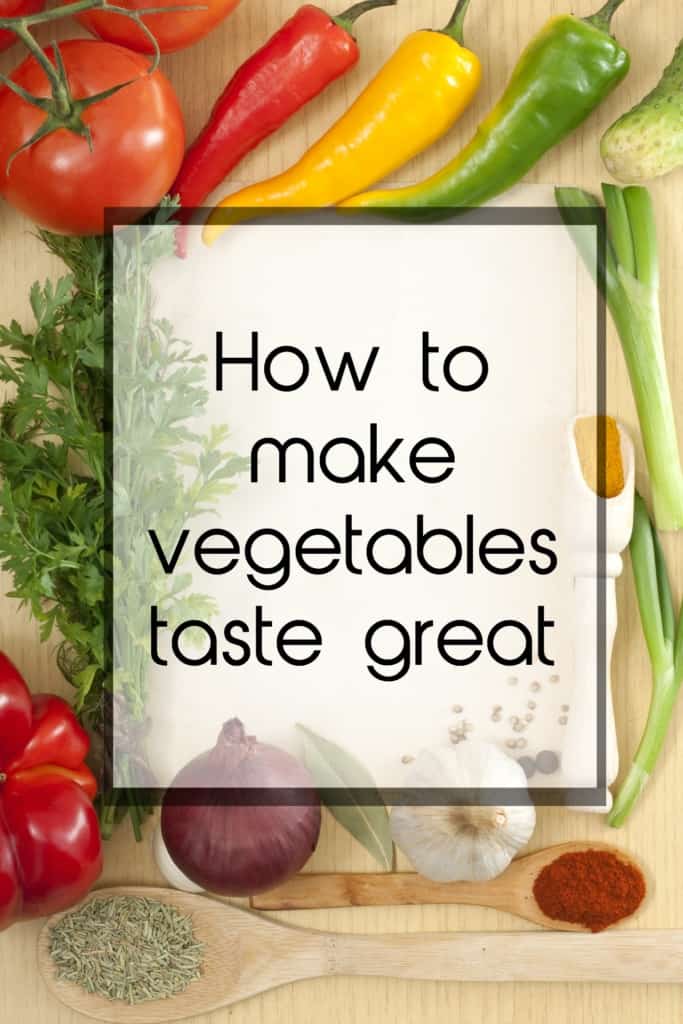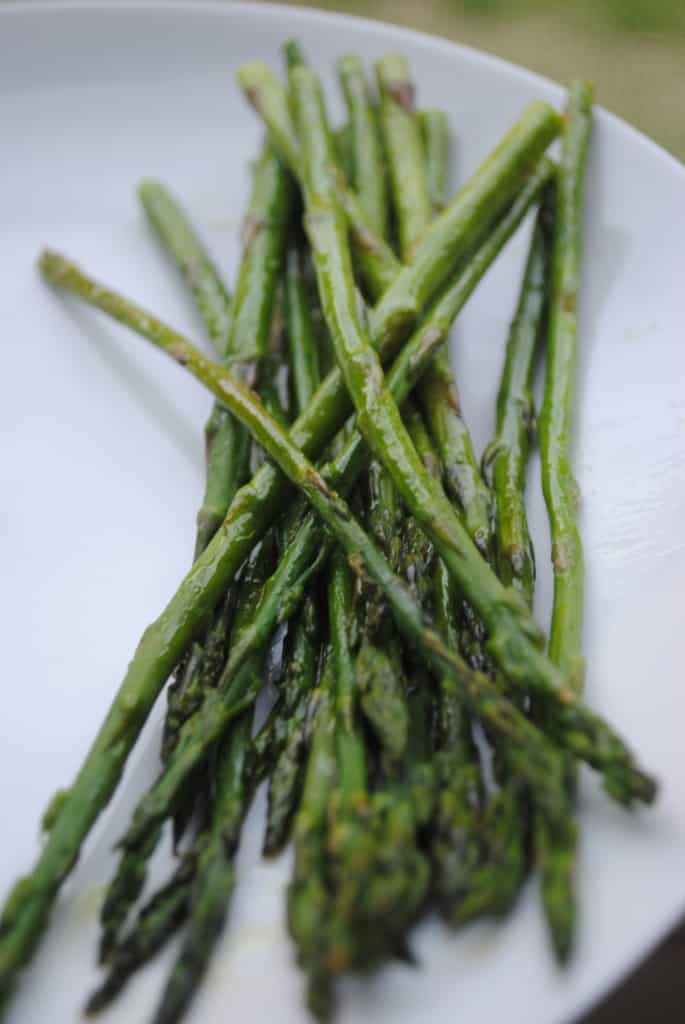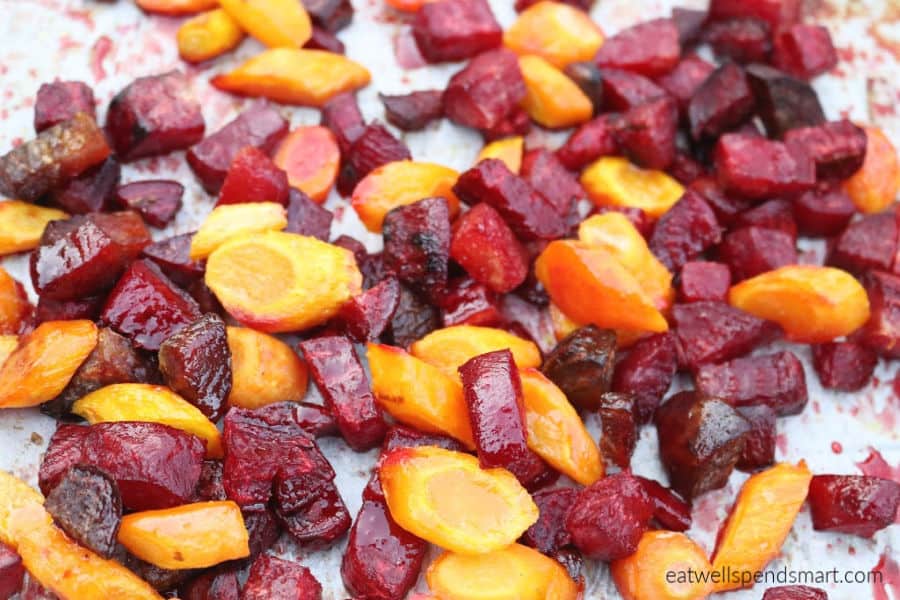I'm always baffled when people tell me they don't like vegetables. Don't like vegetables? What a tragedy! I often wonder if it's vegetables that they don't like or if it's because they've never had them prepared well. If they've only had tasteless mushy vegetables from a can, then we can agree that those are indeed icky.
When spending our precious money on food, we don't have room in our tight budgets to cook vegetables that no one will eat because they don't taste good. I have found that good preparation can go a long way from taking a vegetable from yuck to yum!
Tips for how to make vegetables taste great
1. Use fresh vegetables
Fresh vegetables are going to taste better period. That's just a fact. I didn't believe it myself until we started growing our own food. Garden produce and produce freshly picked at a farmer's market does not even compare to what you buy in a grocery store. The vegetables taste brighter and sweeter, and are usually more juicy. If you can't find in season fresh vegetables, go for fresh vegetables in the produce section of your grocery store. If you can't afford those for whatever reason, choose frozen vegetables. I would not recommend canned vegetables unless they have been canned at home. They are usually mushy, tasteless, and have lost much of their nutrients.
2. Properly cook them
I prefer vegetables that are crisp-tender. I do not like mushy or overly soft vegetables until they are in a soup or stew. My favorite way to achieve vegetables with a great texture and flavor is to either roast them or sauté them. Either method is so quick and easy. Throw them on a pan, add a fat of choice and toss, and cook. My favorite things to sauté are tender greens, Brussels sprouts, peppers, summer squash, etc. I roast just about every vegetable: asparagus, mushrooms, peppers, sweet potatoes, butternut squash, beets, potatoes, and cabbage slices. I've been told by a friend that radishes are amazing roasted as well. That's next on my list. Steaming is another good way to cook vegetables like beets and green beans, but even green beans I like to lightly sauté them after steaming them to give them a little bit more depth of flavor. With steaming, you just have to be careful not to overcook them.
3. Add some fat
I know this sounds counter-intuitive to some of you, but trust me on this. Fat paired with vegetables not only adds flavor, but also helps absorb the fat soluble vitamins found in vegetables. It's really a win win. Fat can be added at the end, like butter or olive oil, or it can be added in the cooking process. Fats that I use in my home are real butter (absolutely no margarine), olive oil, coconut oil, avocado oil, and animal fats from healthy pasture raised animals. Even raw vegetables like those in a salad are more palatable when paired with a great homemade dressing made with a quality fat like olive oil.
4. Add flavor enhancers
If you've followed all the advice above and you still aren't digging vegetables, try some flavor enhancers. Who says vegetables have to be boring?
Lemon juice, parmesan cheese, cheese sauces, balsamic vinegar, pesto, fresh herbs, bacon, sea salt, cracked pepper, spices, onions, and garlic are great simple ways to jazz up plain vegetables.





Mark Curran
Thanks.... it took me a while to realize, vegetables DO taste great. Not sure you have to add anything, but if that works for you, fine. I steam them for five minutes or pressure cook them for two. If I can't get them fresh, frozen is fine.
We live in an amazing time, when even green leafy vegetables are plentiful and inexpensive, There will come a time again when we must grow our own, pay dearly for them, or go without. I grew up eating almost no green vegetables, though my parents encouraged it.
But more important than great taste, is the health vegetables of all colors provide. Eating healthy food is today cheaper, easier, and smarter than ever, compared to the poor diet most Americans can fall into.
heather
None of the links to beginner recipes work. I knew it wasn't possible to make veggies taste good. LOL